Last updated on March 20th, 2025 at 05:13 pm
During fall many people roll up their sleeves and really clean up their garden. Getting their garden ready for winter. My advice? Well ehm… don’t. Or at least not the way you clean your home. Don’t make your garden all tidy and neat. To me, getting you garden ready for winter means something else. It means making your garden a place where animals can survive winter, where wildlife finds shelter or a safe space to hibernate and where there’s food and drinks for everyone. A garden like that, is a bit messy by default. Another plus: it saves you a lot of time raking leaves, trimming bushes and picking up branches.
Leave the leafs
You don’t want your sideways and pathways all filled with leaves, I get that. Wet leaves are slippery and dangerous to walk on. Those leaves gotta go, even in my garden. Rake away, I say. But leave those leafs on the lawn, under trees or bushes and in your borders. They are not in your way there and are much too valuable to animals.
Fallen leaves are great for wildlife to build shelters, to hide in and to keep them warm. They are most popular with hedgehogs, for instance. And not just the leaves. A small pile with rotting branches or logs are an awesome home for insects and grubs. Those will make a terrific meal for birds and hedgehogs.
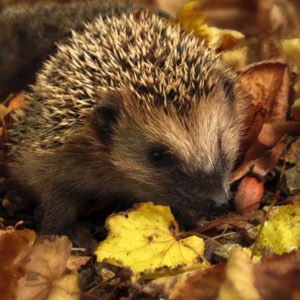
Hedgehogs need a little more love and care to get through a harsh winter without hunger or dehydration though. But remember not to give hedgehogs milk and bread. It’s bad for them. You can help them best by putting out fresh water a few times a week and some dog or cat food, sunflower seeds, fruit, meal worms and nuts. Hedgehogs aren’t picky eaters. But if you want to give them special treats, you can buy hedgehog food as well.
Leave the leafs for insects, like bumblebees, too. Insects and pollinators love a messy garden. They also need some flowers that give them food, even in winter. Ivy is a great source for that. So don’t cut back your ivy in fall, just let it grow. Trim it in early spring instead, so that insects have something to eat all winter. In return, the insects are a great source of food for hedgehogs, birds and bats.
You are also being helpful if you leave patches of longer grass or hollow stems in your garden. These are some of the favorite spots for bumblebees, moths and butterflies to hide away during winter. If you decide to cut back the grass anyway, check the area first and chase away anyone who’s found a spot there. Give them a fair chance to find shelter elsewhere.
If you want hedgehogs to have a better home than a pile of leaves, you could build or get a shelter. There are small ones made of coconut, that are eco-friendly and all natural. But there’s also wooden houses available that are nog only good for your guinea pig, but also make a great outdoor home for hedgehogs.
Check your hood, compost and bonfire
Before starting your car and driving of, check under the hood. When you parked your car the warmth of the engine became an irresistible spot for napping. Cats, chipmunks and squirrels have a habit of sneaking under the hood to get cozy next to the warm engine. And they often fall asleep there. When you turn on the engine the next time you go for a drive, you could seriously hurt them. Scare them away first by tapping on your hood, make some noise.
Another warm and cozy spot is your heap of compost. Wildlife could choose it for their hibernating spot or just to stay warm during colder nights. It’s a pre heated bed to them. So before you toss your compost with a sharp spade or a pitchfork, check the pile for any occupants. Not only does it save the animals from getting hurt, it saves you a scare when an animal suddenly rushes out of there.
Bonfires are such a fun way to enjoy the outdoors and keep warm. But be careful not to burn any animals while you’re melting your marshmallows. Piles of wood and dry leaves are a favorite spot for hibernating and hiding.
Many animals find their way into such a pile. They love it there. Especially when you made the pile days in advance, you need to check it. It’s best to build a fresh pile to make a bonfire. Or pick up the existing pile piece by piece and put it somewhere else. Those are the best ways to make sure there isn’t any wildlife in it when you light up your dark and chilly winter days.
Take care of birds
Don’t you just love feeding birds? I surely do. It brings me great joy to have feathered friends in my garden. That’s why I’ve put up a few bird feeders, both in the front yard and the back garden. It’s not just fun, it’s important too. Birds need our help in winter, because they don’t hibernate. They go on and need their energy. During the really cold periods it’s best to give them high fat food, like sunflower seeds, peanuts and meal worms. But some birds really love fruit too. If you put out a variety of food, you usually get a variety of birds as well.
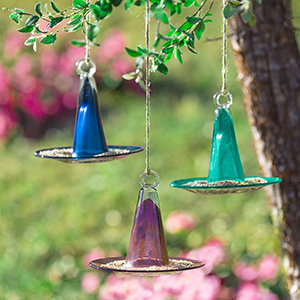
Squirrels will love you for feeding the birds too. They are experts in getting their share as well. Squirrels really know how to make sure to get there share of bird food, don’t they! I wish I had squirrels in my garden. If you do, give them a few nuts from me, will you? To give squirrels a warm welcome, you could think about giving them their own place: a squirrel nest box.
If you’ve got room for some more bushes and want to help birds in winter: plant berry bushes. Like the American cranberry bush viburnum, choke berries or stag horn sumac. If you plant bushes, you’ll be serving fresh buffets for birds every single year. How delightful! It doesn’t get much more sustainable than that.
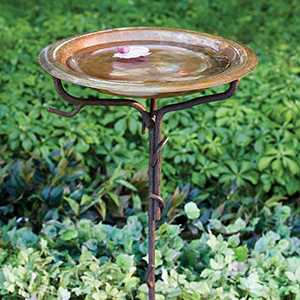
It’s nice to make sure they have something to drink as well. That can be tougher when it’s freezing. If you have a saucer or bowl of water outside, make sure you refresh the water every morning or break the ice in the bowl to give the birds access to the water. If you have bird baths on solar power with running water, it may not freeze over immediately with just a slight frost. Birds will love to come drink from your fountain or bird bath. And of course they love to take a bath in them. My heart melts when I hear their wings hit the water and I see them splashing about.
Maybe you have a nesting box or even a few nesting boxes in your garden. They are great for birds in winter too. If you don’t mind spending some money, you can get amazing ones, like complete cottages. I’m telling you, some birds have prettier homes than I do.
Fall is the best time to clean nesting boxes out. You don’t want flees settling in there, believe me. I have a nesting box underneath my bedroom balcony that has been flea infected a few years ago. And those biting buggers don’t stay outside, they come into your home. Oh boy, that was awful. You don’t want that, so clean them out in fall, after all the cute little birds have left their nest. But hang the nesting boxes back in place, because they give birds a great place to hide during bad weather or cold winter nights.
Keep your pond open
Those of you who are fortunate to have a pond, could help by not letting it freeze over completely. The pond itself benefits from the oxygen and wildlife loves to come and have a drink from your pond. Water that’s in motion doesn’t freeze that easily. So if you put a floating ball in the pond, it’s usually enough to keep a hole in the ice at all times. Any floating ball will do, but if you want something a bit more fancy, you could get some floating lights. Many are solar powered, just the way I like them.
If the pond freezes over anyway, you can make an opening in the ice by holding the bottom of a hot pan on the ice until it melts. Beginners tip: hold on to your pot! Don’t just put it on the ice, unless you like to dive to the bottom of your pond to get your pot back. Don’t smash the ice to make an opening or use force to break it. Some fish like to hibernate just below the surface. Let them have their peace.
Share with the strays
Not all cats and dogs have happy homes. The stray ones are out in the open surviving winter on their own. You can help them in a few ways. First of all, obviously, you can put out some food and fresh water. The better animals are fed and hydrated, the easier they can stand the cold.

Many animals like to take baths in winter, just like they do in summer. So have bird baths out too, or bigger bowls of water. Refresh it daily if you have the time and energy to do so, or at least a few times a week. And when it’s freezing, break the ice every morning to give wildlife and strays access to the water.
Another awesome little extra is a shelter. You can build a shelter for stray dogs or cats and put it outside in your garden or driveway. If you put in an old blanket or towel, you create a cozy, warm and safe space for strays to hide for bad weather or to sleep in during cold nights. If it’s not raining, even a simple cardboard box with a blanket in it could do wonders.
If you want to go the extra mile, you can even adopt a stray and take it into your home. That’s amazing of you, of course! Please do it safely though. Take the animal to the vet first, to make sure you don’t bring diseases into your house and into your family. And check if the stray gets along with every member of your family. Your own safety matters most. But if it’s a match, you can really improve the life of a stray by adopting it.
Support animal charity organizations
Some people need to do more than help out the animals in their garden. They want to save as many as they can. If that sounds like you, how about volunteering at an animal charity organization? A local wildlife refuge? Or in a local animal shelter?

If you can’t help animals out yourself, or if you don’t want to do that much work, you can support others who do the helping for you. Donations come in many forms.
Volunteers donate time and energy, of course. But you can also give money, pet food or supplies. Most shelters need it all. Think about old blankets and towels that you don’t use anymore. Keeping animals snug and warm is a great way to reuse them.
Many shelters also need old newspapers, pillows or pillowcases. Give them a call or stop by and ask them how you can help or what they need the most. You’d be surprised how much of your old redundant stuff helps them out.
Share these tips to save more animals
I hope you found some inspiration in this article to help stray animals and wildlife survive winter. If you did and think ‘the more people who know and do this, the better’ than share these tips with your friends and family. Or on your social media accounts, with the share buttons on this page.
There’s always more that we can do to help. These are just a few ideas. If you got other nice tips I’d gladly hear them. Put them in the comments below, so that others can use your great ideas as well. Let’s help wildlife and stray animals survive this winter!
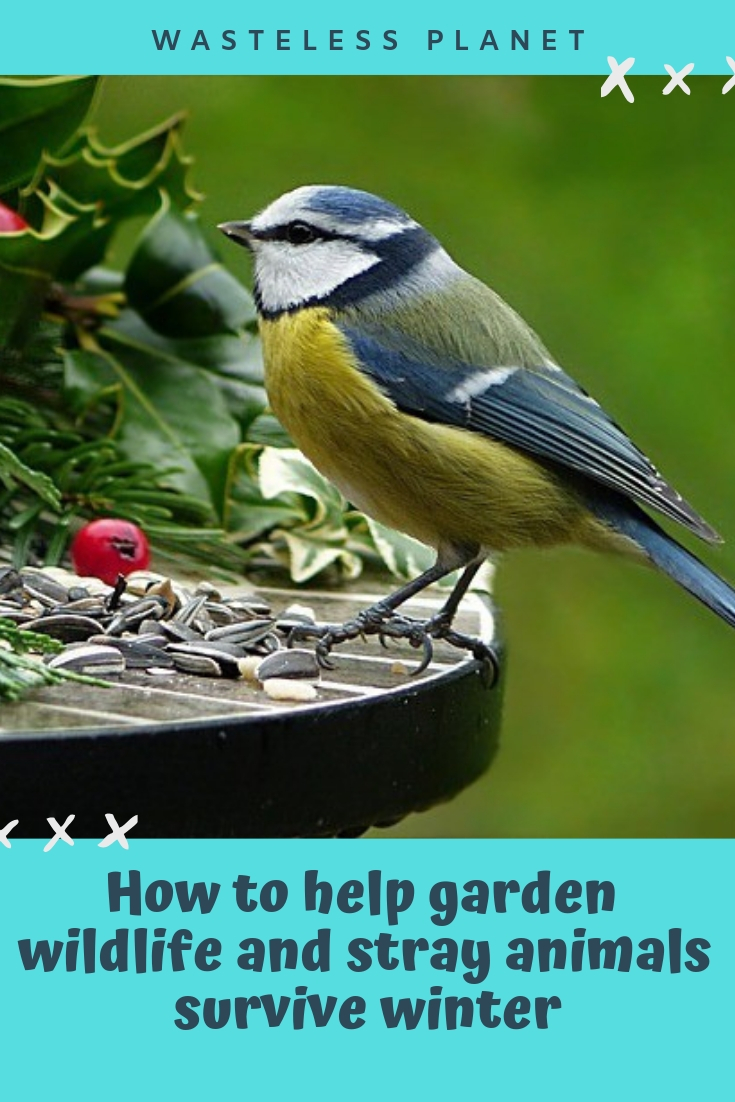

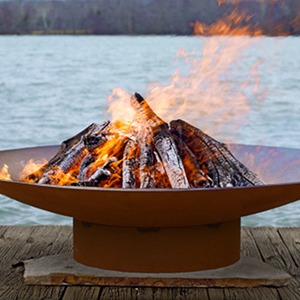



Good post, Bianca! I will definitely save some leaves for the hedgehogs.
Both me and the hedgehogs say ‘Thank you’!